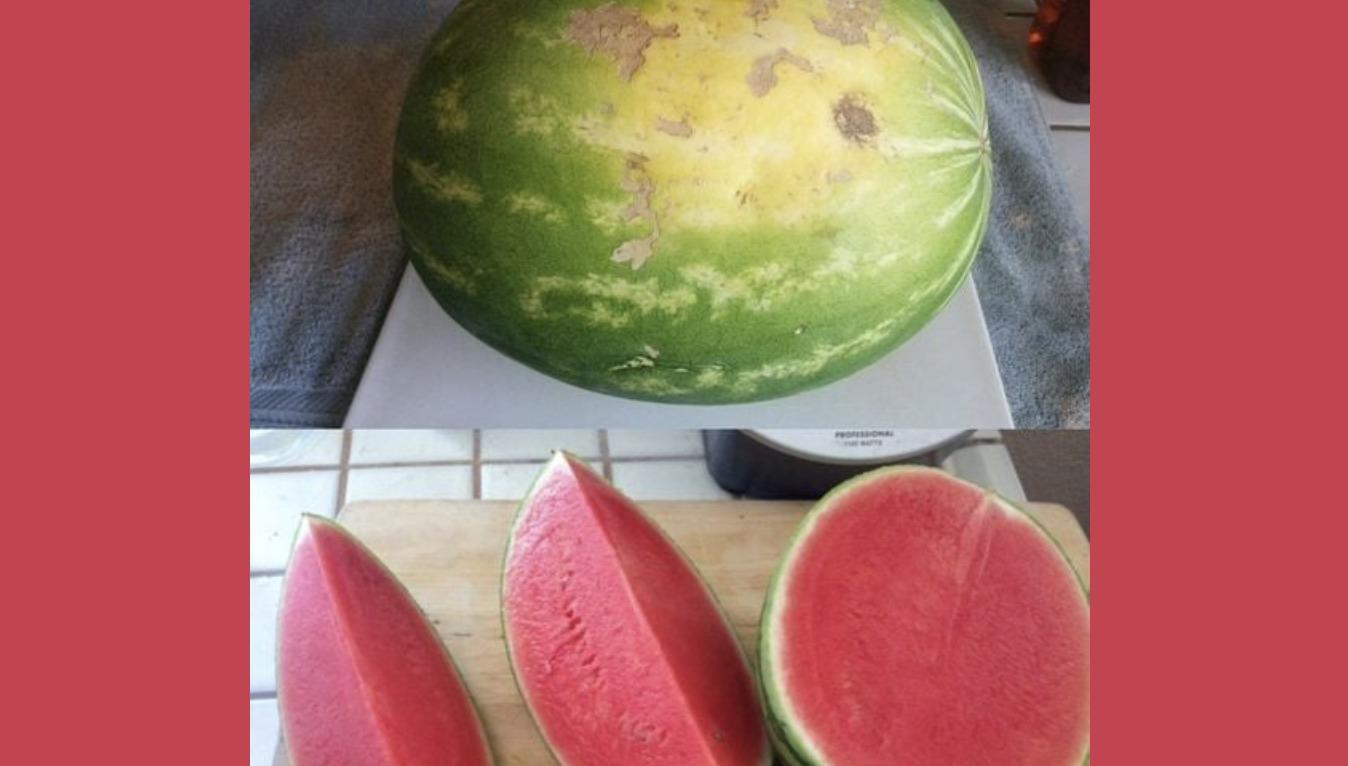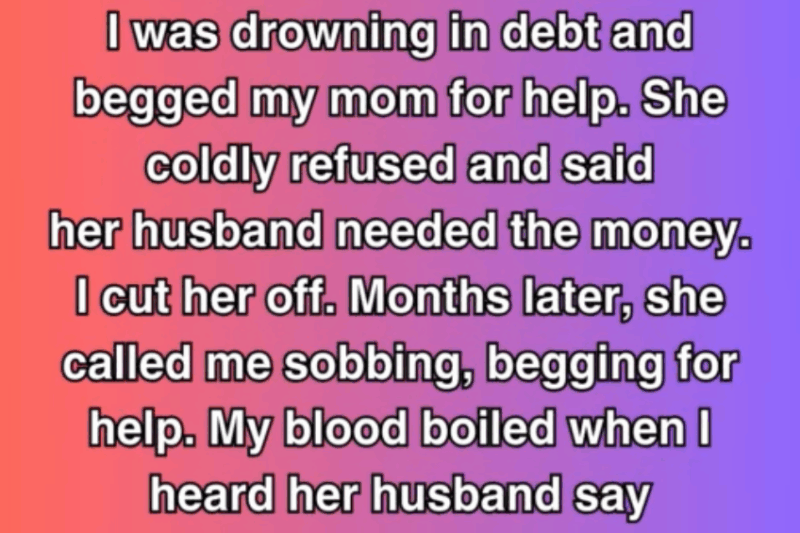Choosing a sweet, ripe watermelon isn’t just about luck—it’s about knowing what signs to look for. Whether you’re shopping at a farmers market or your local grocery store, there are a few simple visual cues that can help you bring home the best melon on the pile.
Here’s what to check before you buy:
Check the Field Spot
That creamy yellow area on the bottom of the watermelon? It’s called the field spot—and it’s more important than it looks. This is the spot where the watermelon rested on the ground while it ripened in the sun.
If the field spot is a deep yellow or rich orange, it means the melon had plenty of time to mature and develop flavor. That’s a great sign. Avoid melons with a white or pale spot—they were likely picked too early and may taste underwhelming.
Look for Webbing
Those brown, net-like lines or webbed markings on the rind might look like scars, but they’re actually a good thing. These are called webbing and they occur when bees pollinate the flower of the fruit.
More webbing generally means more pollination—and that usually leads to a sweeter, more flavorful watermelon. So next time you see a melon with brown webbing, don’t pass it up. It might just be the best-tasting one there.
Understand the “Gender”
Believe it or not, watermelons are sometimes classified as male or female based on their shape. While not a scientific distinction, many farmers and shoppers use this trick.
“Boy” watermelons tend to be longer, more oval-shaped, and often have a higher water content, making them juicy but slightly less sweet.
“Girl” watermelons are more round and compact, and they’re often considered sweeter and more flavorful.
If sweetness is what you’re after, opt for the rounder ones.
Don’t Go for the Biggest One
It might be tempting to grab the biggest melon on display, but when it comes to flavor, bigger isn’t always better.
The ideal watermelon is medium-sized—heavy for its size, firm all around, and not overly large. Oversized melons can be watery or bland, especially if they’ve been overgrown.
Bonus Tip: Give It a Tap
Many people swear by the tap test. Lightly knock on the watermelon with your knuckles. If it makes a deep, hollow sound, that’s a good sign the fruit is ripe and full of juice. A dull, flat sound may indicate it’s overripe or underripe.
Final Thoughts
Picking a good watermelon isn’t complicated once you know what to look for. Focus on the field spot, check for webbing, choose the right shape, and resist the urge to pick the biggest one.
With these simple tips, your next watermelon will be a juicy, sweet success—perfect for summer snacks, picnics, or refreshing drinks.




